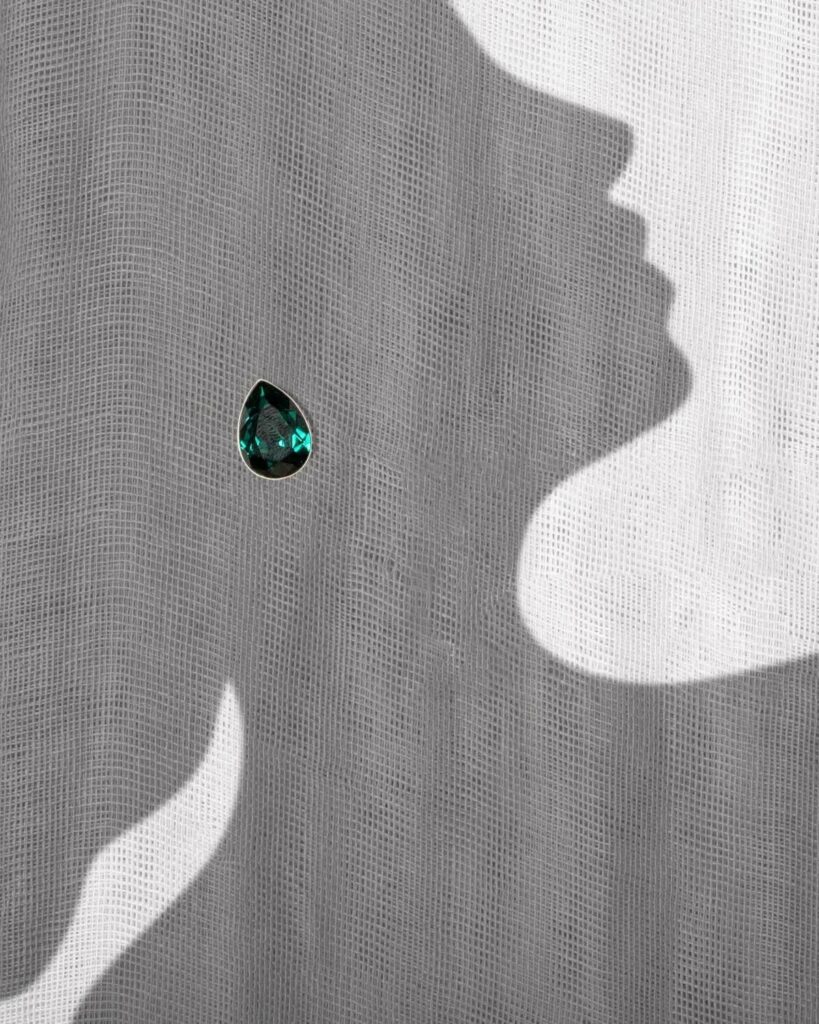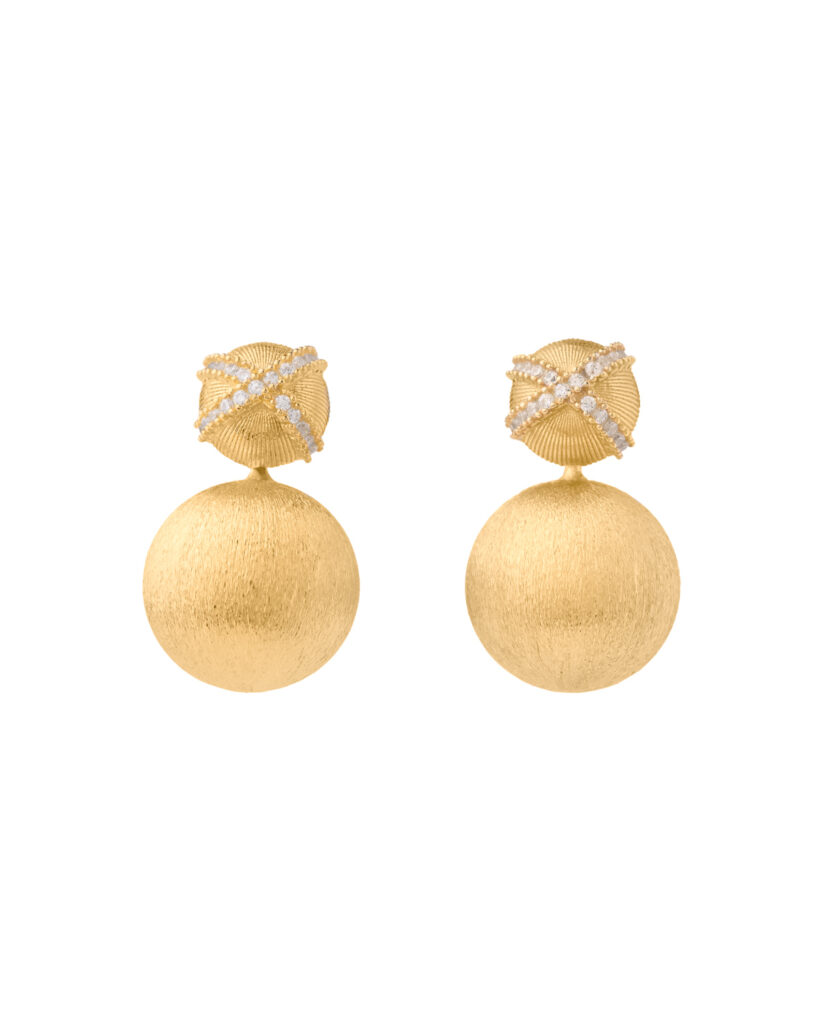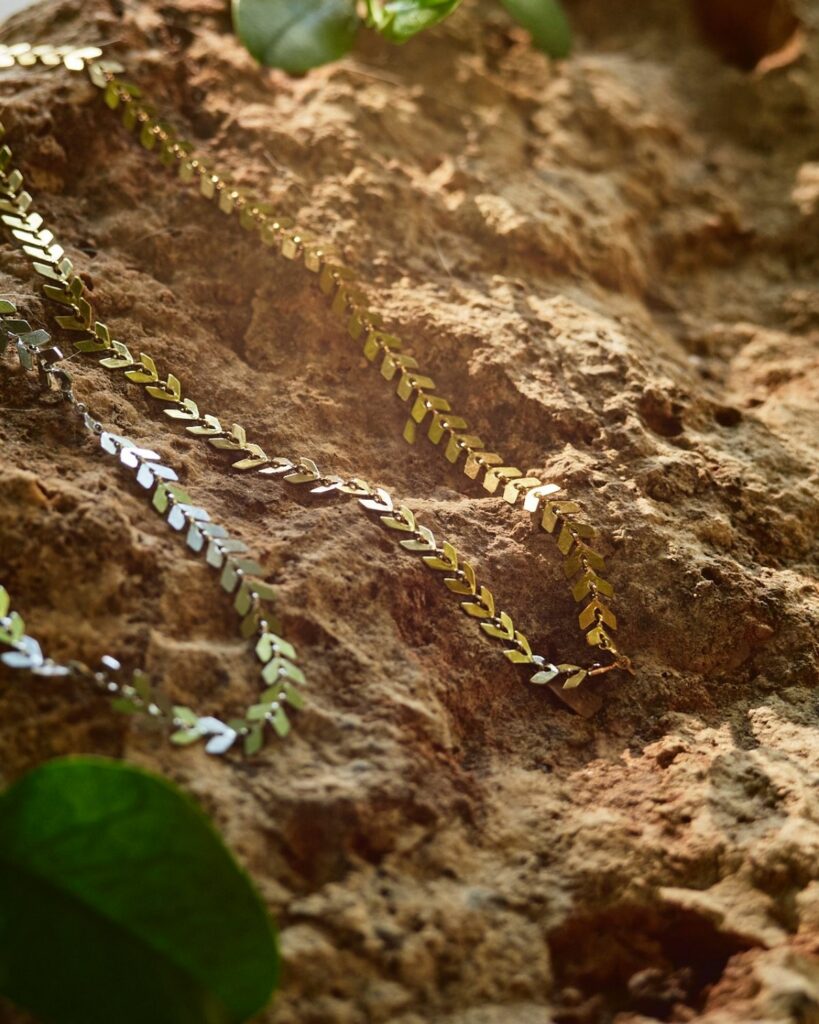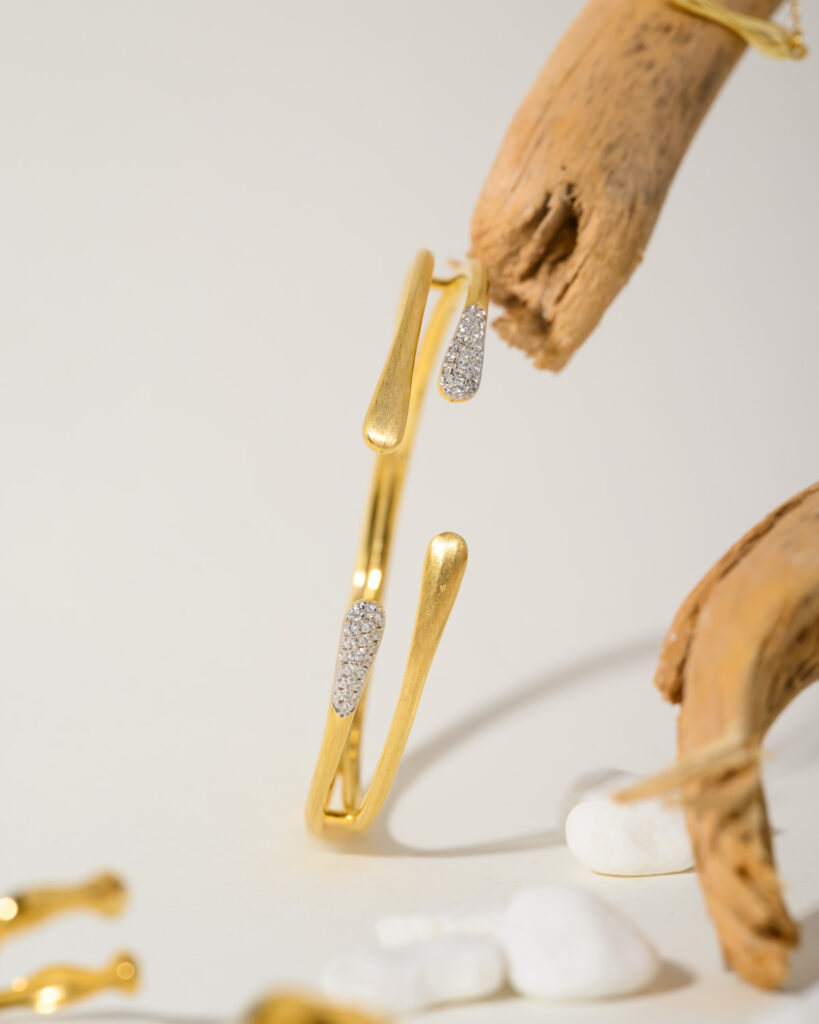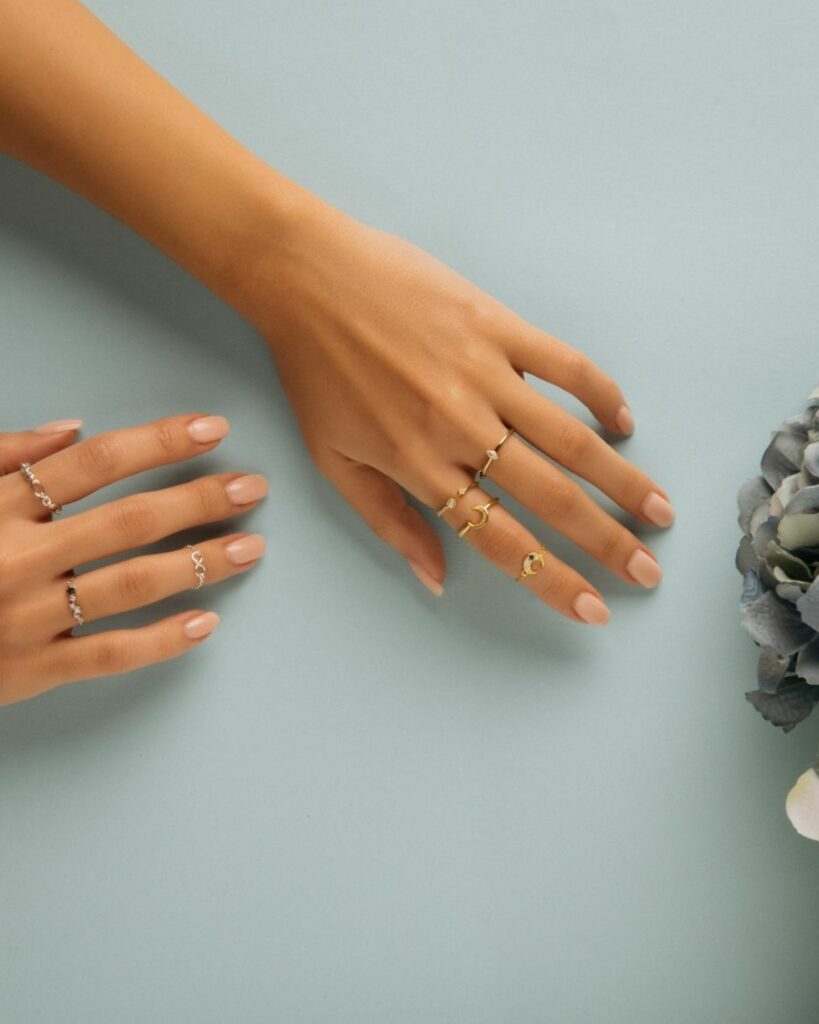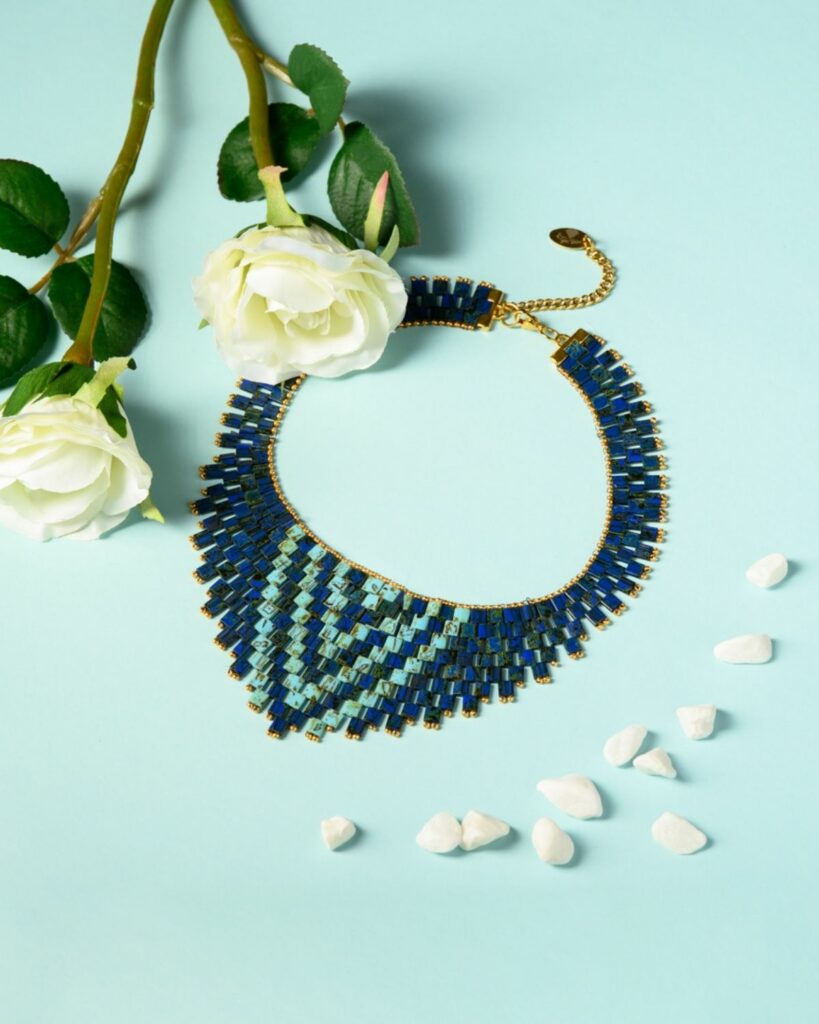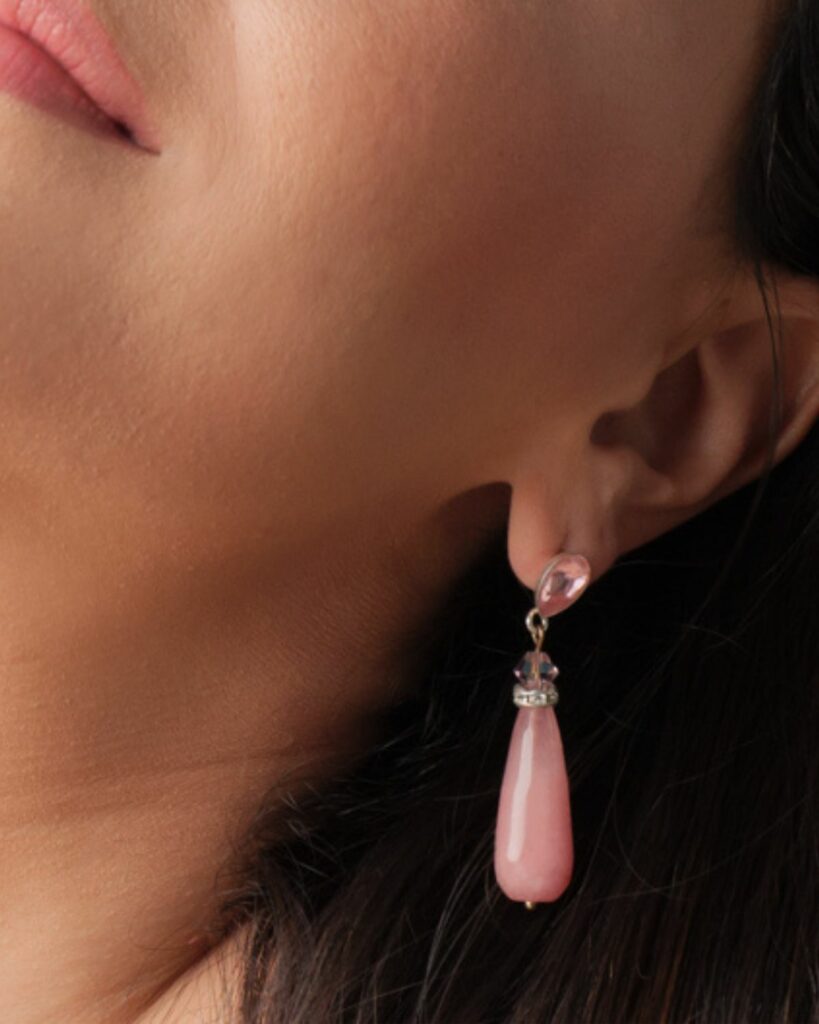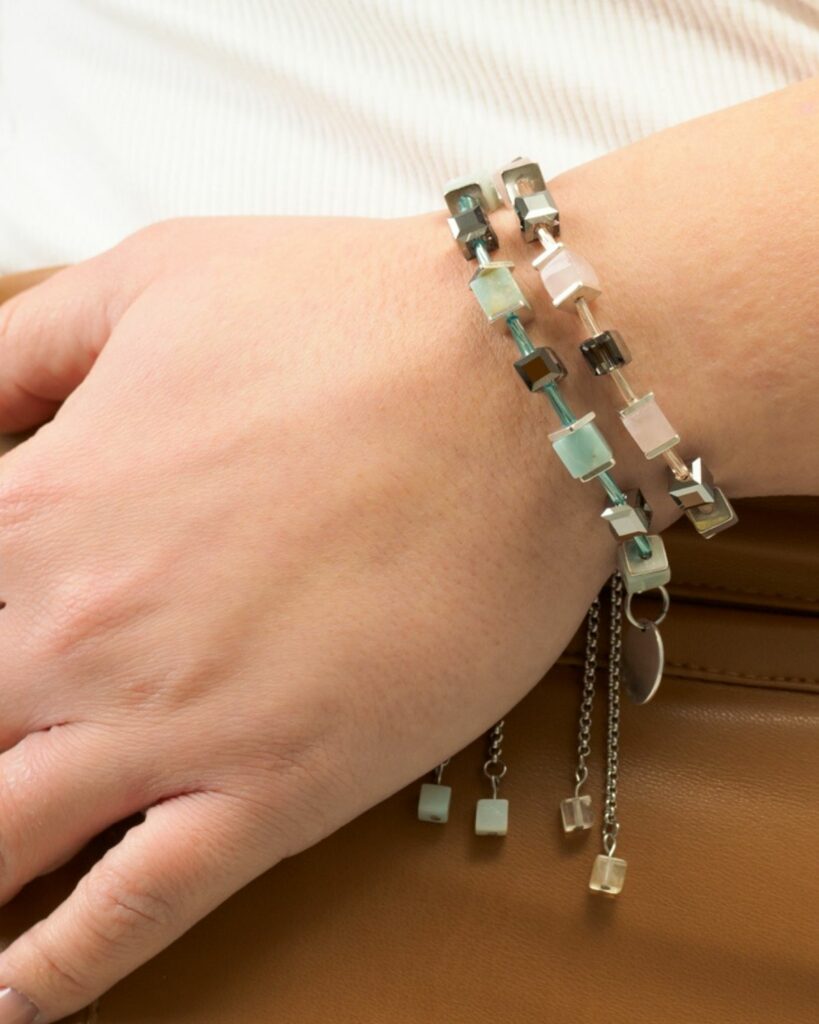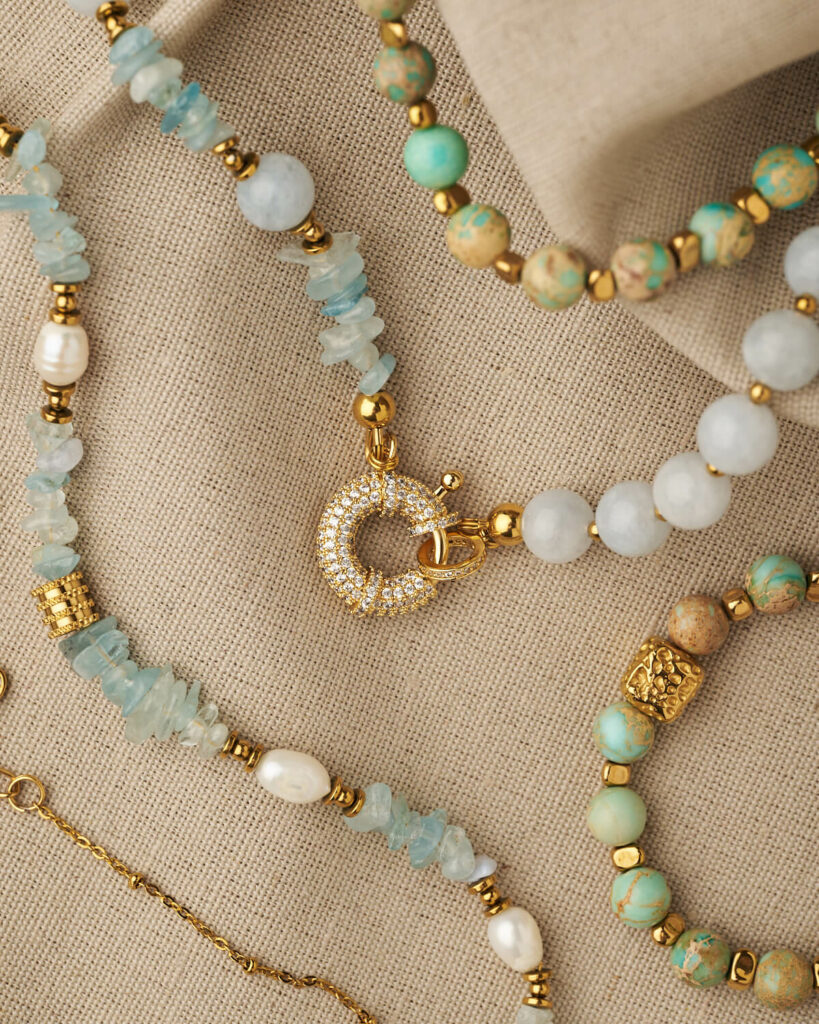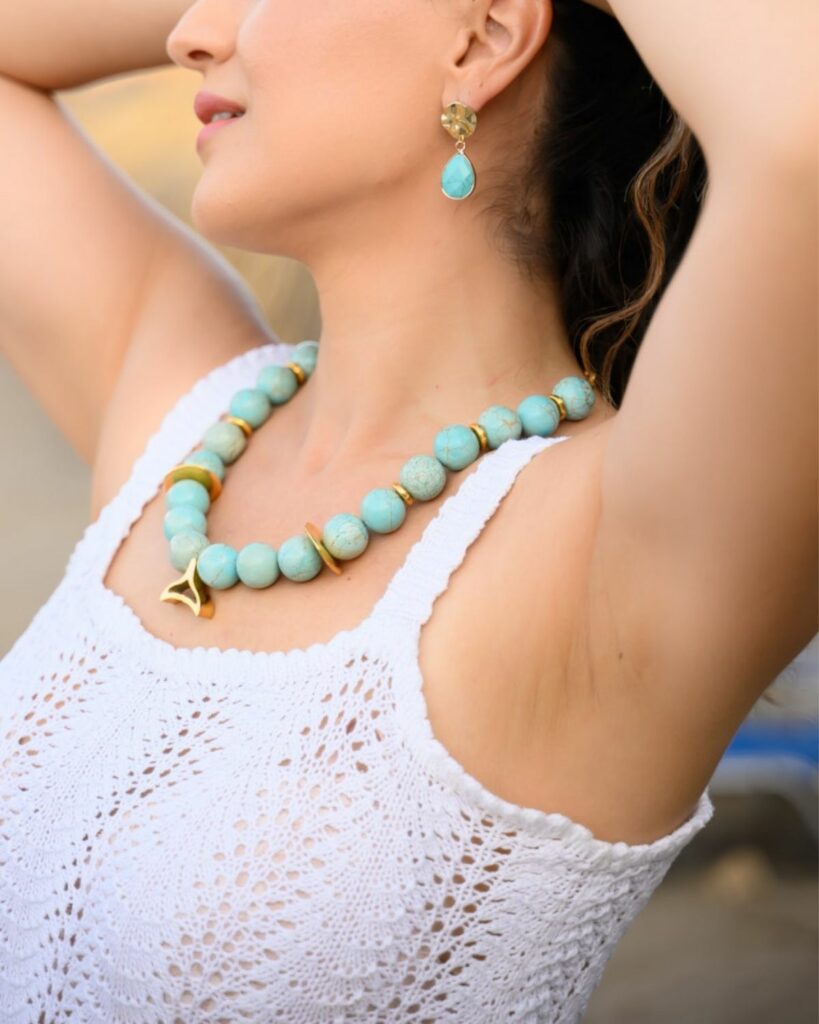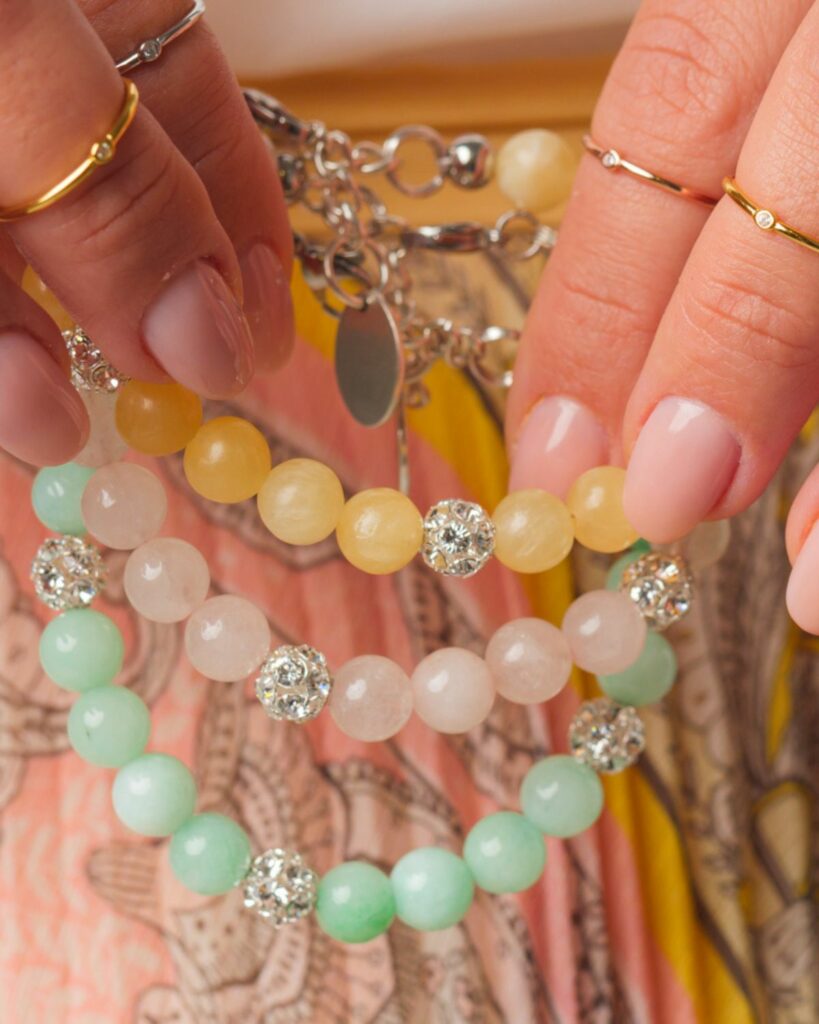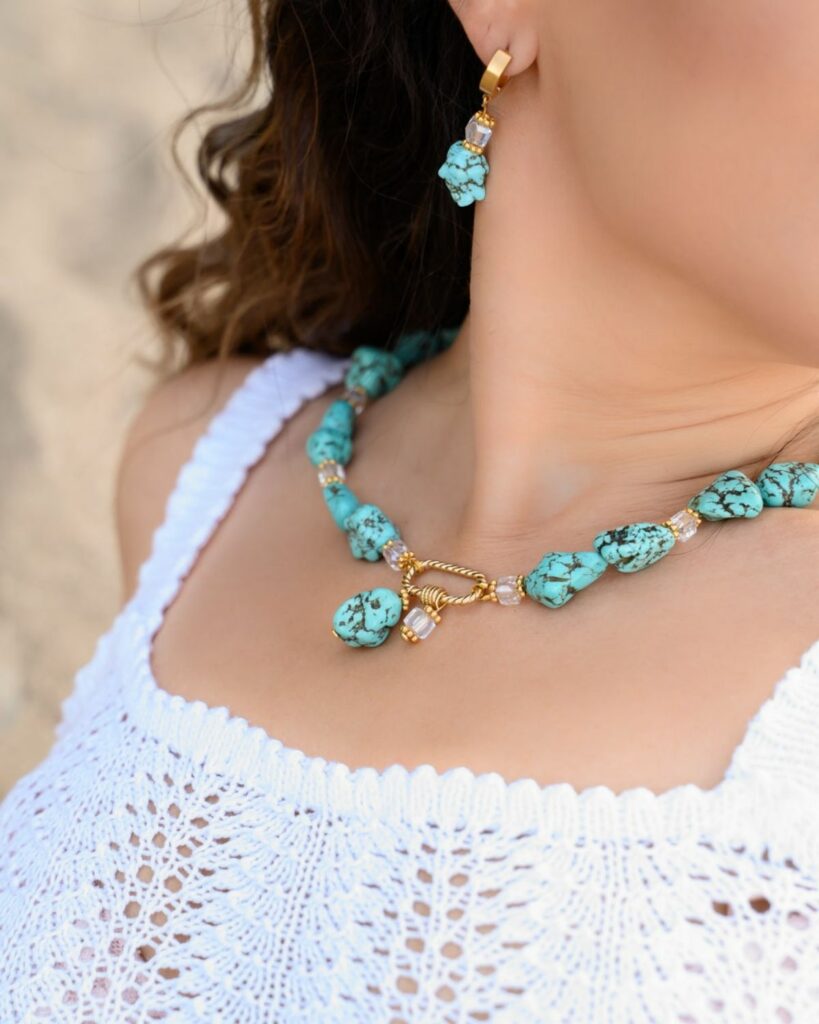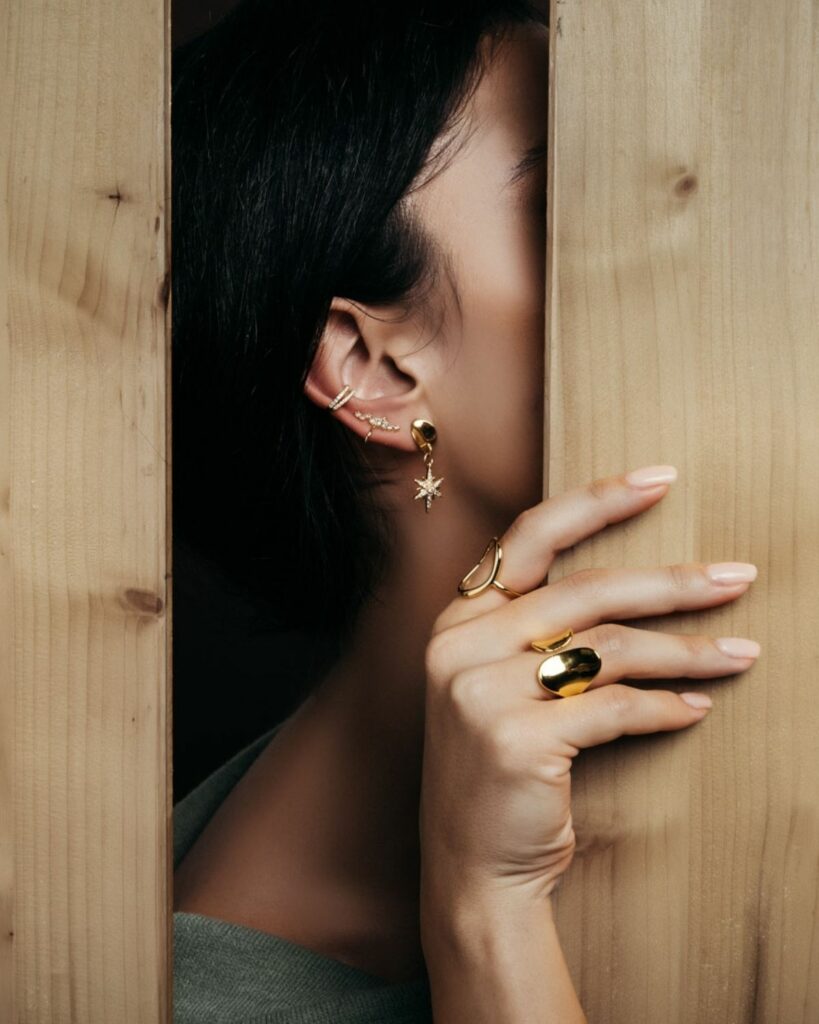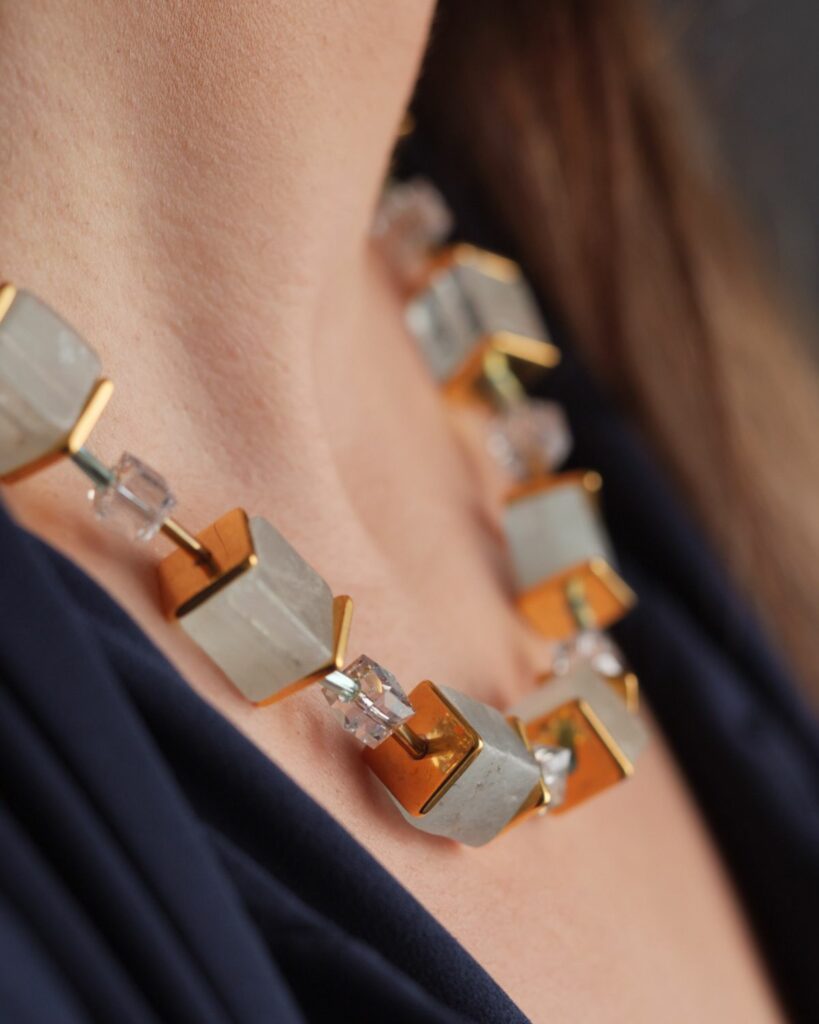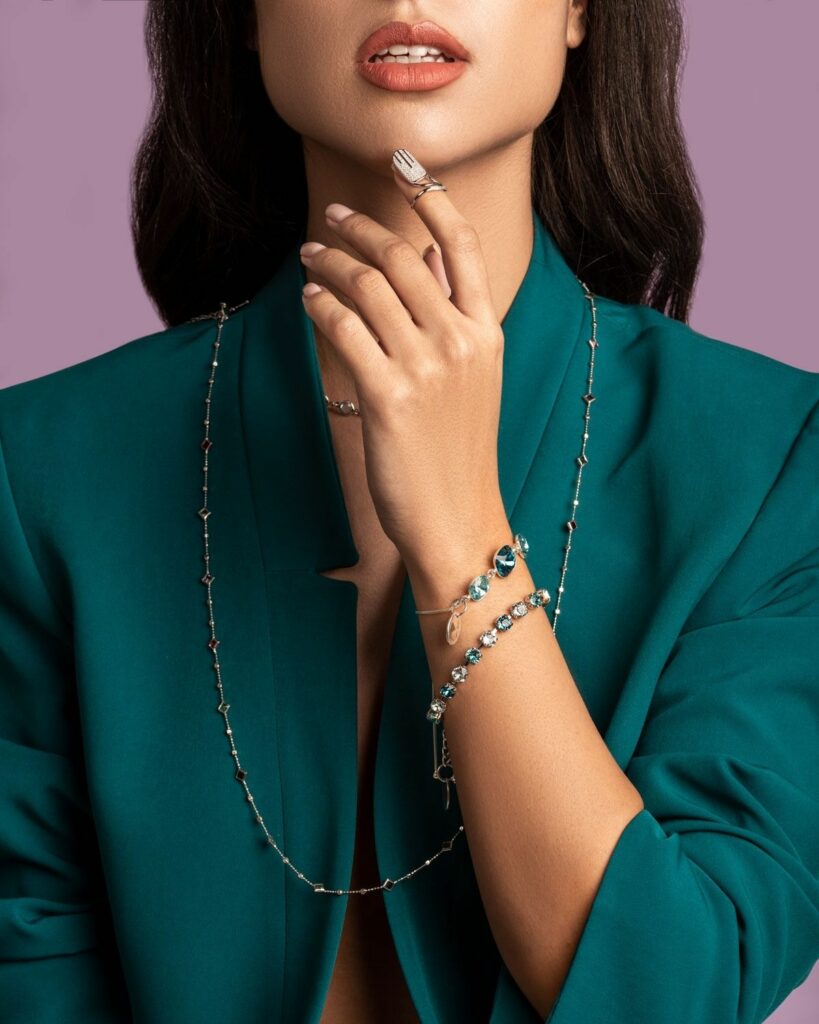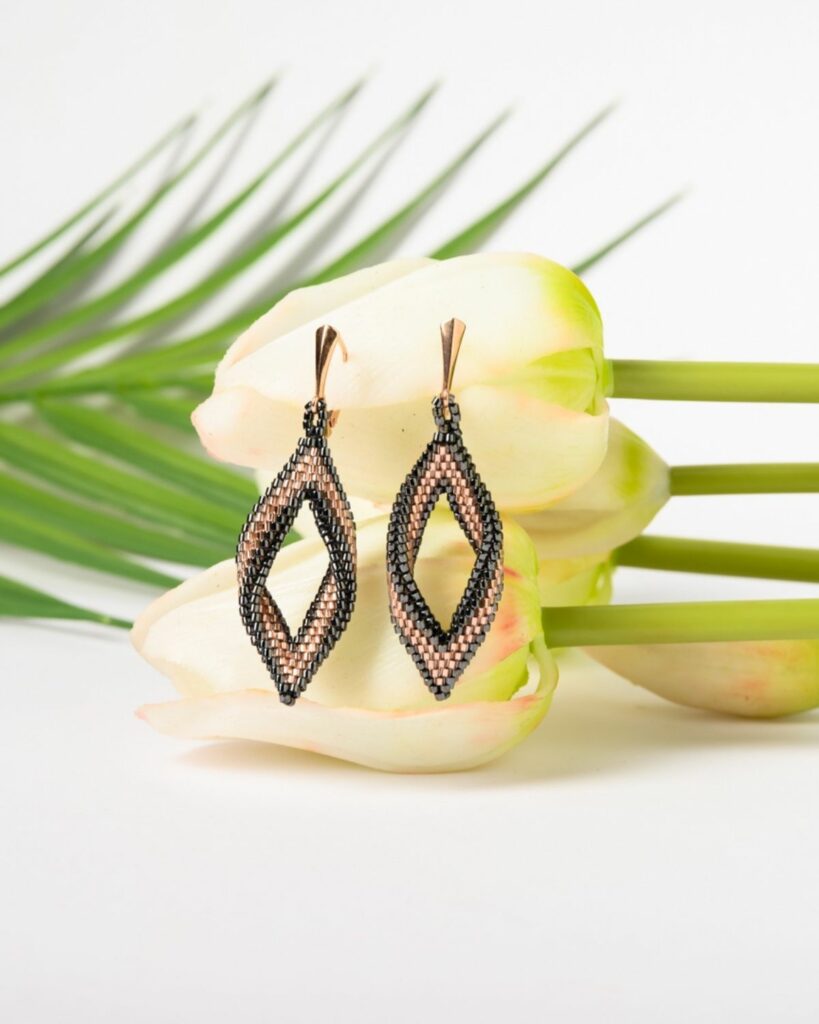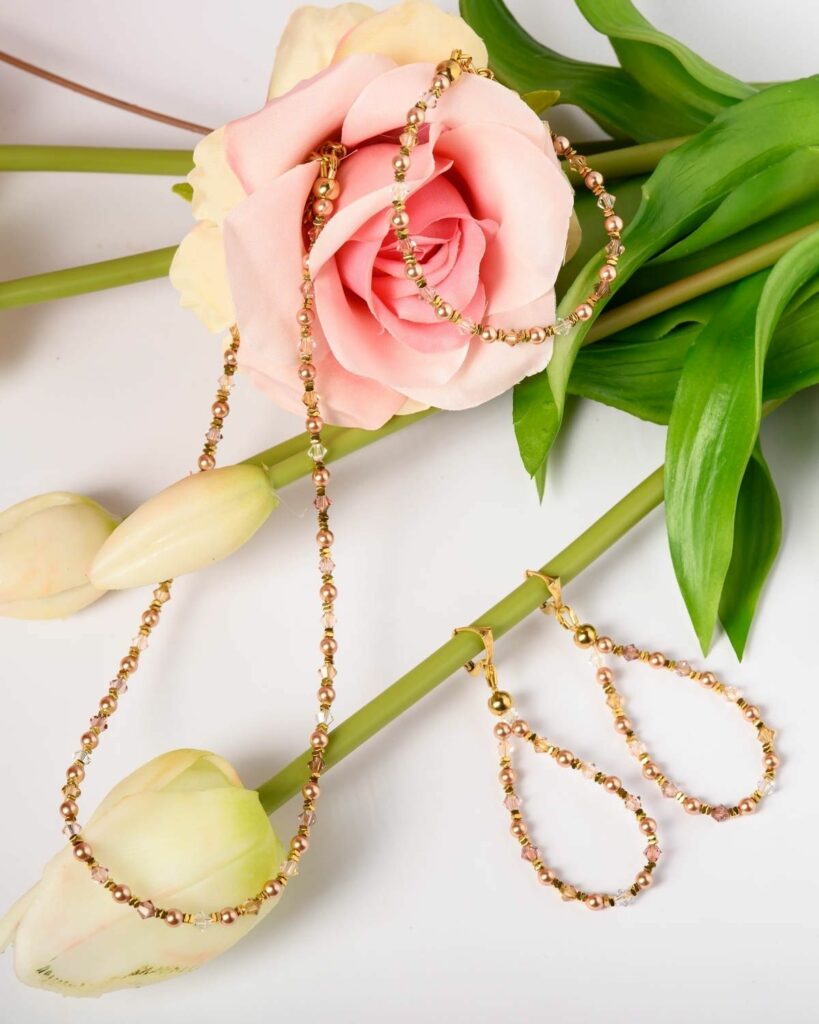1.Diamonds
Diamonds are renowned for their exceptional hardness and brilliance. They are the hardest natural substance known, ranking 10 on the Mohs scale, which makes them highly resistant to scratching and perfect for everyday wear. Diamonds are primarily colorless, but they can also be found in an array of colors including blue, yellow, pink, green, and even red, due to the presence of various impurities and structural anomalies. Their luster is described as adamantine, meaning they have a brilliant, mirror-like shine.
Diamonds form under high-pressure, high-temperature conditions deep within the Earth’s mantle, typically at depths of 140 to 190 kilometers. These conditions cause carbon atoms to crystallize in a cubic structure, creating the diamond’s famed hardness. Diamonds are brought to the Earth’s surface through volcanic eruptions, specifically in kimberlite pipes, where they can be mined.
- South Africa: This country is famous for producing large and high-quality diamonds, with notable mines such as the Premier Mine, where the Cullinan diamond was discovered.
- Russia: The Yakutia region in Siberia is a significant producer of diamonds, known for its extensive deposits.
- Australia: The Argyle mine in Western Australia is known for producing rare pink diamonds, which are highly prized for their unique color.
Discover your favorite jewelry
that make you feel confident and beautiful every time you wear them.


